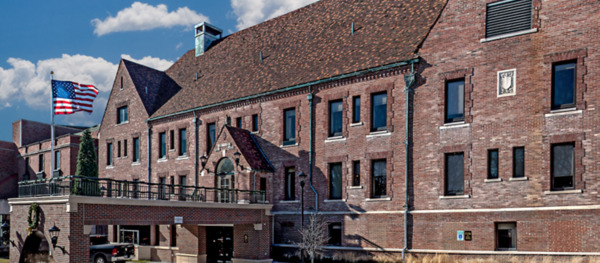
161 Kercheval Avenue, Grosse Pointe, MI 48236
3.7
(8 reviews)
American House is an excellent facility and has treated my family member extremely well. They have an excellent array of activities and special events! The staff is great and very attentive to my family member's needs. There was a situation where a f...
$3,200





